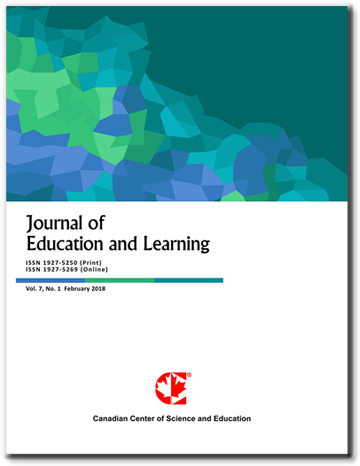Developing Numbers and Algebra Outcomes Using an Intelligent Tutoring System
- Samruan Chinjunthuk
- Jiraprapa Chaiyawut
- Putcharee Junpeng
Abstract
Mathematical proficiency, particularly in Numbers and Algebra outcomes, is critical for academic achievement and real-world problem-solving. This study examines the impact of an intelligent tutoring system on seventh-grade students’ mathematical development. The research had two goals: (1) to compare the conceptual understanding between experimental and control groups, and (2) to assess learning progression over time. Eighty-four seventh-grade students from the Demonstration School of Khon Kaen University (Modindaeng), Thailand, were selected through systematic random sampling. Students were assigned either to an experimental group (42 students) that used intelligent tutoring with automated feedback or to a control group (42 students) using the same system without feedback. Research tools included a mathematical ability assessment and intelligent tutoring lessons. Data were analyzed through an independent samples t-test, repeated measures ANOVA, and relative gain scores. The results showed that: (1) the experimental group achieved significantly greater improvement (p < .05), with mean scores rising from 0.33 (SD = 0.78) to 1.67 (SD = 1.57), compared to 0.33 (SD = 0.84) to 0.95 (SD = 1.30) in the control group; and (2) learning progression was significantly higher in the experimental group (p = .003), with a 40.67% (SD = 38.96) average gain versus 19.64% (SD = 30.00) for the control group. The findings confirm that diagnostic-based intelligent tutoring significantly boosts students’ conceptual understanding and learning growth, underlining the potential of digital technology to drive future innovations in mathematics education.
- Full Text:
 PDF
PDF
- DOI:10.5539/jel.v14n6p233
Journal Metrics
Google-based Impact Factor (2021): 1.93
h-index (July 2022): 48
i10-index (July 2022): 317
h5-index (2017-2021): 31
h5-median (2017-2021): 38
Index
Contact
- Grace LinEditorial Assistant
- jel@ccsenet.org
